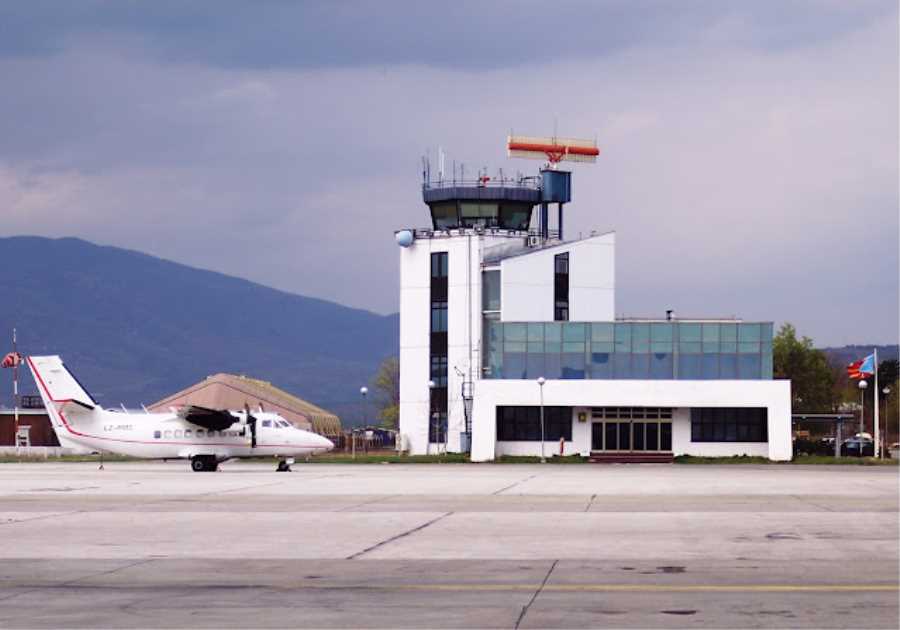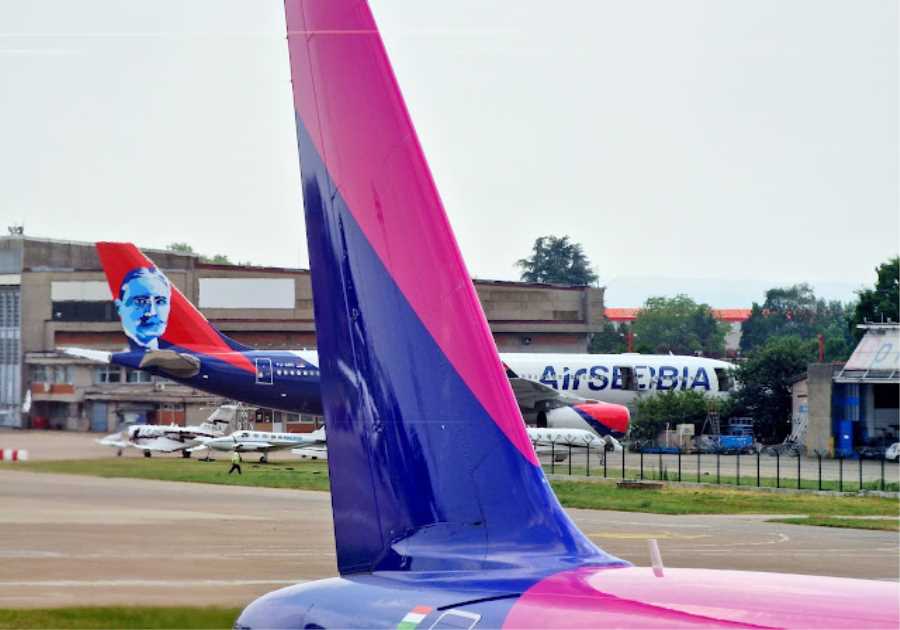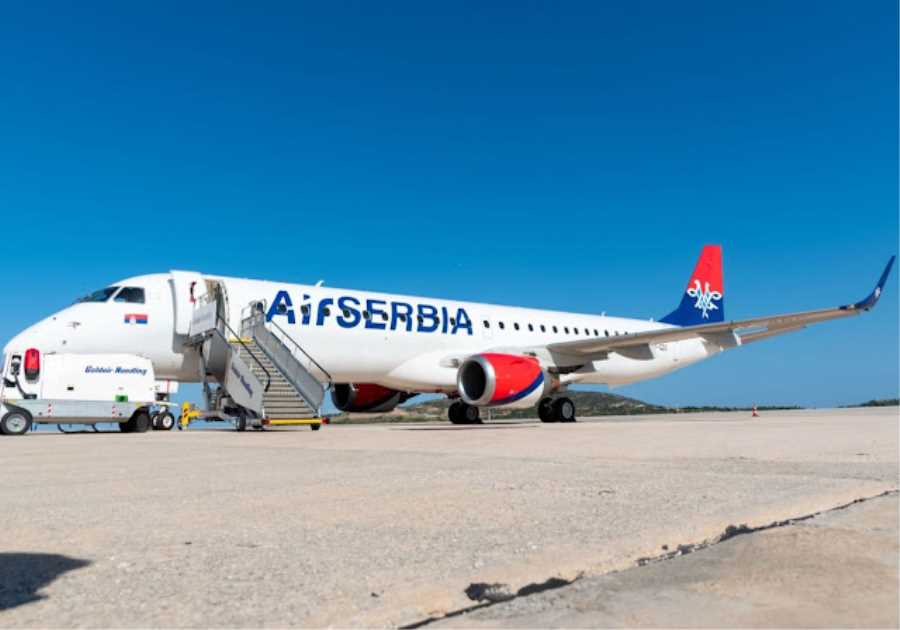HOSTED BY: https://1airtravel.com
TODAY'S READ
The Hunga Haʻapai volcano that abruptly erupted just 65km from the capital of Tonga caused catastrophic damages to nearby islands and disruptions to numerous flights in the coming days. The submarine volcano’s recent eruption on the 15th was the most violent eruption ever recorded by satellite images. The eruption sent shockwaves across the world and volcanic ashes all over nearby islands. With the ash cloud recorded to be 20km in height, it is expected to have some devastating disruptions to flights schedules in the coming days for nearby countries.
How are Aviation Units notified? What is the VAAC?
Volcanic Ash Advisory Centre (VAAC) is a group of nine centres established by the International Civil Aviation Organisation(ICAO) located around the world to monitor volcanic activities and evaluate potential impacts on aviation safety. A Volcanic Ash (VA) Advisory for the Hunga Tonga–Hunga Haʻapai was issued by the VAAC Wellington Centre today at 0914 UTC, indicating a code “RED” for the latest eruption. According to ICAO, a code Red means an eruption is imminent, and a significant discharge of volcanic ash was observed by satellites and pilots. The volcanic ash is continuously monitored until the VAAC decides it to be no longer a threat to aviation safety.
Volcanic Advisory (VA) at 1500UTC 16th Jan (Updated)
Contrary to the previous VA advisory, the coverage of the volcanic ash was not as widespread as the forecast at 0914UTC. However, the VA advisory forecasts that The ash cloud will still shadow Fiji until 0900 UTC on the 17th.
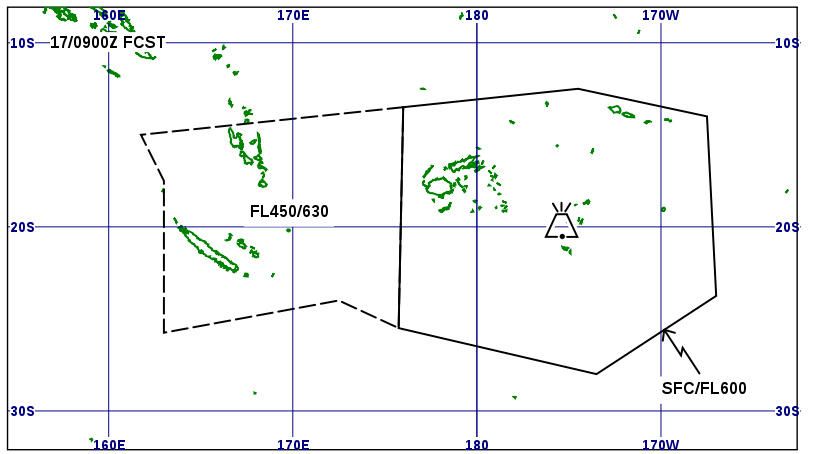
Fiji is forecasted to be shadowed by volcanic ashes until 0900 UTC on Monday 27th |VAAC
Volcanic Advisory (VA) at 0914 UTC 16th Jan
The VA advisory identifies the Hunga Tonga–Hunga Haʻapai volcanic ashes to have a vertical extend up to 20km from sea level, which equates to 60000 feet. A typical commercial flight cruises between flight level 300 to flight level 420, meaning that any commercial flight within the vicinity of the volcanic ash would be affected. The forecast suggests the ash cloud would expand to the west and reach Queensland near Townsville and the South of Cairns by Monday morning, UTC.
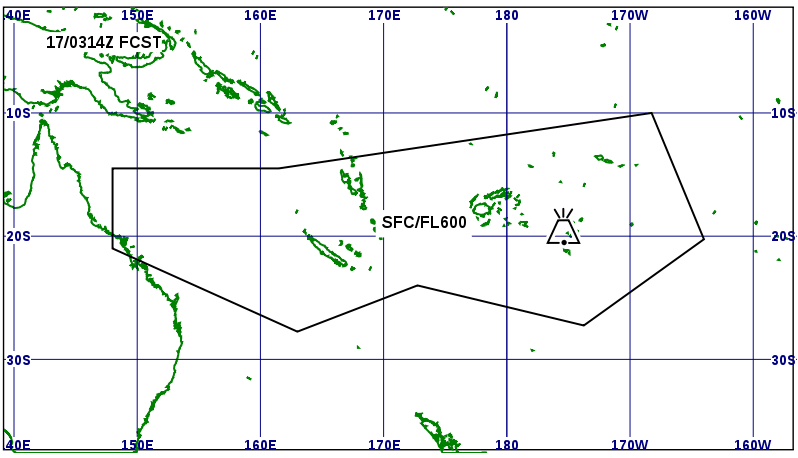
Earlier forecasts suggest the volcanic ash cloud could reach Townsville, Queensland|VAAC
Identification of Volcanic Ash Encounters
During the daytime, it could be apparent for the pilot to identify ash clouds or haze to suspect a volcanic ash encounter. It is not normal to see weather formation other than high-level clouds at the cruising level of commercial flights. However, it becomes quite a problem at night, and the effects of ashes on the engines are almost immediate. ICAO suggests that indicators such as an acrid odour, St. Elmo’s fire, changing engine conditions, erratic airspeed indication, etc., could potentially mean the aircraft is already in an ash cloud, and the relevant procedures should be carried out immediately.
document.createElement('video');https://travelradar.aero/wp-content/uploads/2022/01/St-Elmos-Fire-Video.mp4So what is the fuss? It’s just ashes…
Volcanic ashes have always been a threatening hazard to aviation. One of the most terrifying accidents of the flight BA9 from Kuala Lumpur to Perth back in 1982 was operated by British Airways. The Boeing 747-200 suffered a temporary all-engines failure when the aircraft unknowingly entered a cloud of ashes at night. The pilots managed to restart the engines once the aircraft was out of the ashes, and the flight was diverted to Jakarta with three engines running. Since little was known back in the days on the encounter with volcanic ashes, it was a wake-up call for aviation authorities and operators to identify the risks and mitigate the threats of volcanic ashes.
Immediate Effects on Aircraft
ICAO identifies volcanic ash encounters as a detrimental hazard to commercial aviation as it could be difficult to identify, and the effects are almost instantaneous. The abrasive nature of ashes is damaging to aircraft engines and can lead to an all-engines failure within minutes. The failed engines will also mean that the aircraft would lose its primary source of pneumatic, hydraulic, and electrical systems, making the manoeuvring of the aircraft extremely challenging. On top of engine failures, the abundance of ashes in the atmosphere could lead to sensor blockage (especially in the pitot and static ports) and result in unreliable speed and altitude information readings. These erroneous readings would aggravate the already high workload of dealing with an engine failure during cruising.
The abrasive texture of the ashes, together with the speed the aircraft is travelling at, would scratch the windshield opaque, and pilots will lose their valuable visual references during the final phases of the flight.
Last on the non-exhausting list is the composition of the ash cloud, which is high in CO2, CO and, Sulphur dioxide and would cause respiratory discomfort and breathing difficulty for the crew and passengers in the short term. Notwithstanding this, a high concentration of carbon monoxide could significantly reduce the time of useful consciousness for pilots to react. For a commercial flight at flight level 400 (40000ft), the average time of useful consciousness is approximately 20 seconds. This means the pilots have 20 seconds to identify the ashes and put on oxygen masks before they become unconscious due to the possible lack of sufficient oxygen.
Long-term costs and potential safety problems
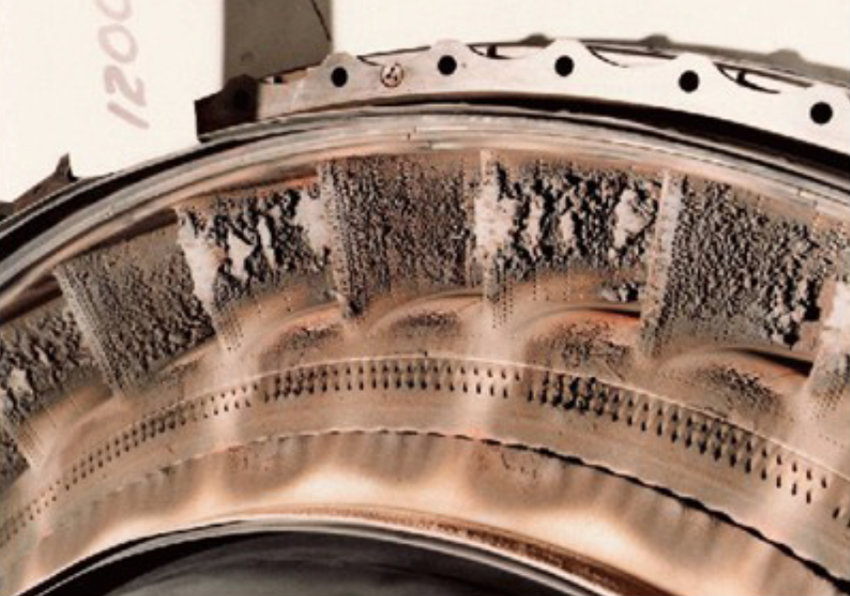
Severe erosion on an engine of flight BA9 after volcanic ash encounter © ResearchGate
Apart from immediate risks, there are also a number of identified long-term problems for various aviation units. The aforementioned abrasive nature of volcanic ashes would detrimentally damage especially the fan blades of engines. The abrasion may not be immediately significant enough to cause structural damage but would harshly reduce the life of the aircraft’s external structure.
Ashes would contaminate cabin filters and electronic cooling vents, creating latent safety problems that may arise if the aircraft continues to operate without maintenance attention.
The thick layer of ashes deposited on runways could result in reduced braking performance, especially when the runway is wet. Other airport facilities such as weather radars and sensors are also prone to blockage, requiring additional maintenance and cost.
VOID and ESCAPEEach operator has its own set of procedures for encountering volcanic ashes, but the fundamental idea is to “avoid and escape”. Upon VA advisories from VAAC, the dispatch would reschedule or reroute flights to minimise the chance to encounter volcanic ashes. Whilst VA advisories would have been provided by any responsible dispatch office, there is a chance that the eruption would happen in the middle of the flight. Air traffic control units are responsible for relaying real-time updates on volcanic eruptions, and instructions would be given for aircraft to avoid the ash clouds. Upon an encounter with volcanic ash, the immediate response is to make a 180-degree turn. The particular procedures are regarded by airlines as one of the most complex emergency procedures. The situation may lead to multiple severe malfunctions such as unreliable airspeed, smoke and fumes removal, loss of engines. This causes very limited aircraft manoeuvrability and little room for human error.
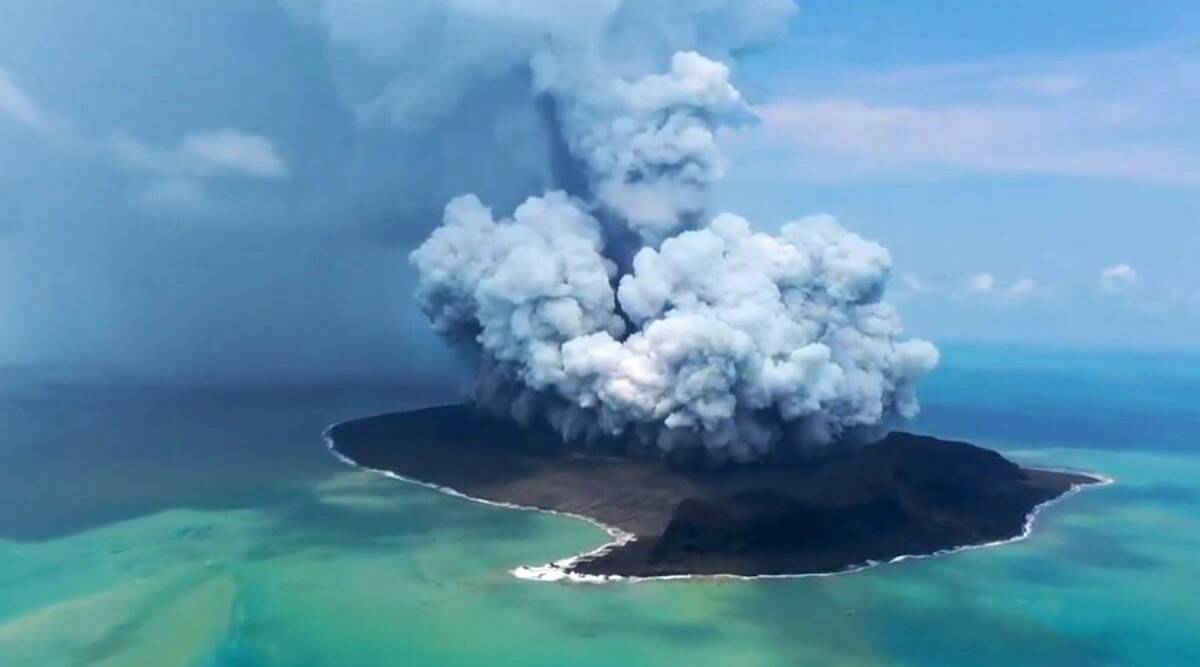
Images of the first eruption just a day before today’s massive eruption. Experts believe this could be one of several eruptions over the coming days. © 1NewsNZ/Twitter
With neighbouring airlines like Fiji Airways and Virgin Australia rescheduling their flights to avoid any chances to encounter volcanic ashes, we can see air operators are taking a very cautious approach to the natural disaster. If your airlines cancel your flight due to volcanic activities, you should be grateful your airline is not taking any risks. Click here to find out how flights are disrupted in the South Pacific region due to Hunga Tonga’s eruption on Saturday.
By: Leo CheungTitle: How Volcanic Ash Affects Jet Engines
Sourced From: travelradar.aero/how-volcanic-ash-affects-jet-engines/
Published Date: Mon, 17 Jan 2022 04:59:15 +0000
Did you miss our previous article...
https://1airtravel.com/feature/aer-lingus-and-american-airlines-join-forces-with-new-codeshare


